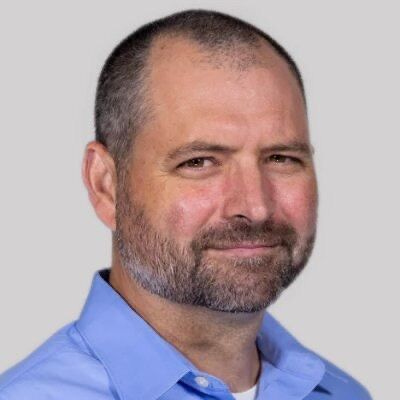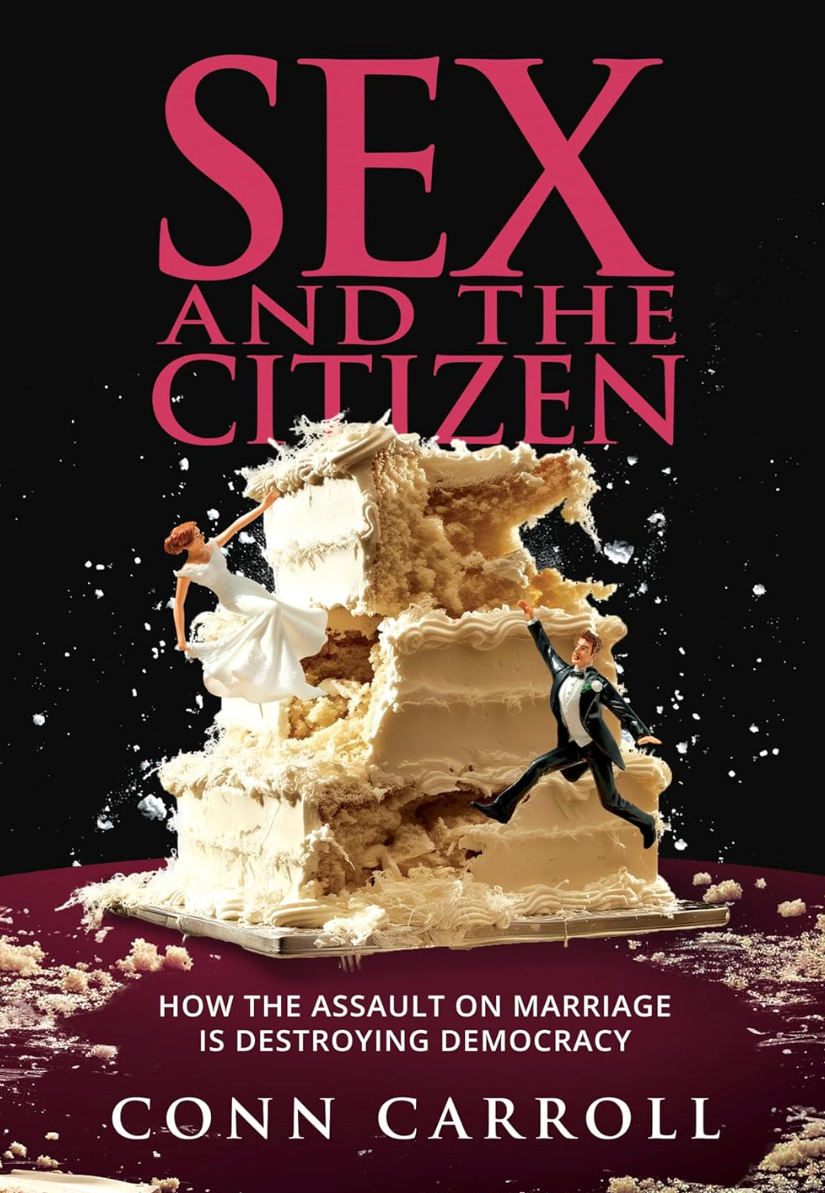 Noah Carl and Bo Winegard: probing the intellectual darker web
Noah Carl and Bo Winegard: probing the intellectual darker web
Razib Khan's Unsupervised Learning
On this episode of Unsupervised Learning, Razib talks to Bo Winegard and Noah Carl, the editors behind the online publication , founded in 2022. Winegard and Carl are both former academics. Winegard has a social psychology Ph.D. from Florida State University, and was an assistant professor at Marietta College. He was an editor at before moving to Aporia. Carl earned his Ph.D. in sociology from Oxford University. He was a research fellow at St. Edmund’s College, Cambridge, before becoming a contributor to The Daily Skeptic and UnHerd, and a managing...
info_outline Tim Lee: 2025 and the driverless car revolution
Tim Lee: 2025 and the driverless car revolution
Razib Khan's Unsupervised Learning
Today Razib talks to , a on Unsupervised Learning. Lee hosts . Lee covered tech more generally for a decade for , , and . He has a master's degree in computer science from Princeton. Lee writes extensively about general AI issues, from to the state of . But one of the major areas he has focused on is . With expansion of Waymo to , and this June’s debut of Tesla’s robotaxis, Razib wanted to talk to Lee about the state of the industry. They discuss the controversies relating to safety and self-driving cars. Is it...
info_outline Bonus monologue: Finland as Germania
Bonus monologue: Finland as Germania
Razib Khan's Unsupervised Learning
This podcast accompanies my post . The two preprints at the heart of this post are, and .
info_outline Laura Spinney: rise of the proto-Indo-Europeans
Laura Spinney: rise of the proto-Indo-Europeans
Razib Khan's Unsupervised Learning
Today Razib talks to Laura Spinney, Paris-based British author of the forthcoming . A science journalist, translator and author of both fiction and non-fiction, she has written for,,,, and. Spinney is the author of two novels, and , and a collection of oral history in French from Lausanne entitled Rue Centrale. In 2017, she published , an account of the. She also translated Swiss writer Charles-Ferdinand Ramuz's novel into English. Spinney graduated with a Bachelor of Science degree in Natural Sciences from Durham University and did a journalism...
info_outline Bonus monologue: man the hybrid monster
Bonus monologue: man the hybrid monster
Razib Khan's Unsupervised Learning
Today, Razib talks about a new paper, : Understanding the history of admixture events and population size changes leading to modern humans is central to human evolutionary genetics. Here we introduce a coalescence-based hidden Markov model, cobraa, that explicitly represents an ancestral population split and rejoin, and demonstrate its application on simulated and real data across multiple species. Using cobraa, we present evidence for an extended period of structure in the history of all modern humans, in which two ancestral populations that diverged ~1.5 million years ago came...
info_outline John Sailer: a time of troubles in higher education
John Sailer: a time of troubles in higher education
Razib Khan's Unsupervised Learning
On this episode of the podcast Razib talks to John Sailer. Sailer is currently the director of higher education policy and a senior fellow at the Manhattan Institute. He covers issues of academic freedom, free speech, and ideological capture in higher education. Sailer has written for the Wall Street Journal, the Free Press and Tablet Magazine. Sailer holds a master’s degree in philosophy and education from Columbia University, and a bachelor’s degree in politics, philosophy, and economics from The King’s College. Prior to joining the Manhattan Institute, he was a senior fellow at the...
info_outline Jacob Shell: academia must diversify or die
Jacob Shell: academia must diversify or die
Razib Khan's Unsupervised Learning
On this episode of Unsupervised Learning Razib talks to . Shell is a professor of geography at Temple University and author of , and the . Educated at Columbia and Syracuse universities, Shell is active on social media, where he comments extensively on the politicization of the academy. The conversation begins with Shell’s piece in Compact Magazine, . The more than 3,000-word essay argues that academia must diversify ideologically to save itself, but also engage in a wider range of scholarship. Shell points out that US academia has become an ideological...
info_outline Matt Welch: from blog pioneer to podcasting mainstay
Matt Welch: from blog pioneer to podcasting mainstay
Razib Khan's Unsupervised Learning
On this episode of Unsupervised Learning Razib talks to . He co-founded the Prague-based newspaper Prognosis in the early 1990’s and later worked as an opinion section editor for the Los Angeles Times. From 2008-2016, Welch served as editor-in-chief of Reason magazine, where he currently holds the position of editor-at-large. He co-authored and wrote . Today, Welch co-hosts podcast with Kmele Foster and Michael Moynihan. Razib and Welch first go back to his days in Eastern Europe, and how they shaped his views on foreign...
info_outline Bonus monologue: ancient North Africans and the Green Sahara
Bonus monologue: ancient North Africans and the Green Sahara
Razib Khan's Unsupervised Learning
On this episode of Unsupervised Learning Razib comments on a new paper in Nature,. Here is the abstract: Although it is one of the most arid regions today, the Sahara Desert was a green savannah during the African Humid Period (AHP) between 14,500 and 5,000 years before present, with water bodies promoting human occupation and the spread of pastoralism in the middle Holocene epoch1. DNA rarely preserves well in this region, limiting knowledge of the Sahara’s genetic history and demographic past. Here we report ancient genomic data from the Central Sahara, obtained from...
info_outline Andrew Song: cooling the planet with technology
Andrew Song: cooling the planet with technology
Razib Khan's Unsupervised Learning
On this episode of Unsupervised Learning, Razib talks to , co-founder of . An NYU graduate with a degree in economics, Song was a member of the class of winter 2016. Before becoming a founder, Song worked at firms involved in data analytics and artificial intelligence. A repeat attendee at the Founders Fund “Hereticon” conference, Song’s company has been profiled , and . Razib and Song first talk about the current state of climate, or more precisely, climate change and anthropogenic global warming. Song argues that the...
info_outlineOn this episode of Unsupervised Learning Razib talks to Conn Carroll, the author of Sex and the Citizen: How the Assault on Marriage Is Destroying Democracy. Caroll is currently an editor for the Washington Examiner, but previously he was the communications director for Senator Mike Lee of Utah, an assistant director at the Heritage Foundation, White House correspondent for Townhall.com and a reporter at National Journal. Carroll wrote Sex and the Citizen in response to what he felt was misleading and biased reporting in the mainstream media on the origins and implications of marriage and monogamy.
Razib asks Carroll how he refutes the ideas presented in Christopher Ryan and Cacilda Jethá’s Sex at Dawn, which argues that prehistoric humans were non-monogamous. Carroll outlines the current mainstream thinking in evolutionary anthropology and primatology, and all the biological reasons that indicate that Homo sapiens is far more monogamous than our common chimpanzee and gorilla cousins, most clearly in our reduced sexual dimorphism.
But while our hunter-gatherer past was defined by monogamy, Sex and the Citizen argues that the rise of agriculture resulted in the explosion of polygamy, as high status males in societies defined by incredible inequality began to monopolize access to women, culminating in the explosion of Y chromosomal “star phylogenies,” where supermale lineages exploded all over Eurasian 4,000 years ago. Carroll then explains that the Romans and Greeks took steps toward enforcing monogamy as a legal institution, and Christianity introduced the idea of sexual fidelity upon men. After Christianity popularized egalitarian monogamous marriage, Sex and the Citizen follows in Joe Henrich’s wake in The WEIRDest People in the World: How the West Became Psychologically Peculiar and Particularly Prosperous. Carroll discusses the Catholic Church’s strict policies on incest and adoption, which destroyed the power of elite related clans in the West, and hastened the emergence of the Western European marriage norm of independent and separate nuclear families, rather than extended families as the primary unit of kinship in society.
In the second half of Sex and the Citizen Carroll addresses the social history and policy changes in relation to marriage in the US. While Western European societies took a significant step away from familialism, Carroll explains that American marriage was even more individualistic and radical, as nuclear families spread out to the frontier, away from their extended kin networks. He also contextualizes the rise of the 1950’s nuclear family, which some scholars have argued was an aberration in American history. Carroll argues that actually it was an extension of earlier American norms, but the rise of the wage-based capitalist economy allowed for couples to set up separate households earlier in their lives. Carroll concludes the discussion outlining the 1970’s policy changes in welfare provision that discouraged marriage, noting the decline of the institution across American society over the last 60 years, and how government policy might reverse it.


